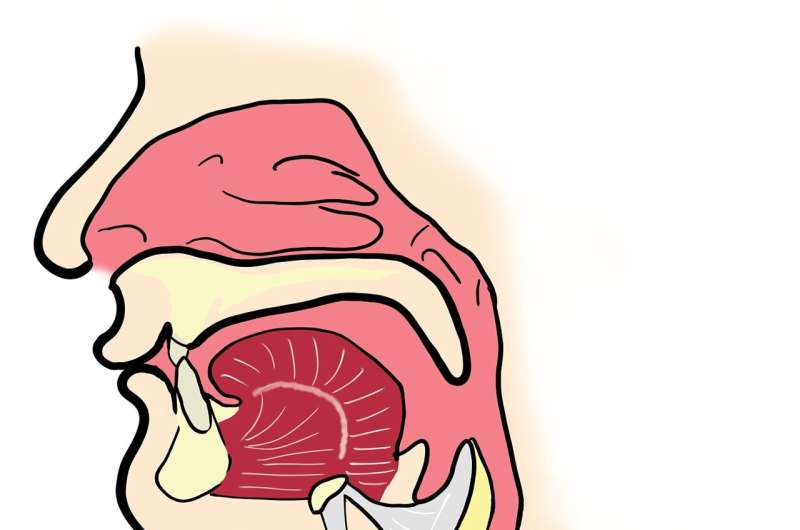Understanding Hepatitis B Risks Among First Nations Communities in Northern Australia

A groundbreaking study reveals the impact of a unique hepatitis B strain on liver health among First Nations Australians in the Northern Territory, guiding targeted public health actions.
Recent research by the Menzies School of Health Research has provided new insights into the prevalence and impact of a unique strain of chronic hepatitis B, known as C4 hepatitis B, predominantly affecting First Nations Australians in the Northern Territory (NT). This extensive study, published in BMC Infectious Diseases, analyzed data from over 780 individuals across more than 76% of remote community clinics in the NT, making it the most comprehensive cohort study of its kind.
The findings highlight significant liver health issues associated with this strain, revealing a severe form of liver disease among those infected. The research also examined the potential benefits of applying the World Health Organization's expanded treatment guidelines in managing these cases. While additional research is necessary to determine whether the virus itself or other contributing factors are primarily responsible for the heightened liver disease risk, the study underscores the importance of targeted public health strategies.
The next phase, known as the Hep B PAST Plus program, aims to co-design approaches to reduce liver disease burden within First Nations populations. This initiative builds upon the success of the Hep B PAST program, which has helped close the gap in hepatitis B care for First Nations Australians—an achievement unique to the NT, according to modeling from the WHO Collaborating Center at the Peter Doherty Institute.
These findings are crucial in informing context-specific healthcare decisions and elevating awareness of C4 hepatitis B as a major public health priority. They emphasize the need for ongoing surveillance, early intervention, and culturally appropriate care to improve liver health outcomes among First Nations communities in northern Australia.
Source: medicalxpress.com
Stay Updated with Mia's Feed
Get the latest health & wellness insights delivered straight to your inbox.
Related Articles
Innovative AI-Based Voice Analysis Promises Early Detection of Throat Cancers
A new AI-powered voice analysis tool developed by Emory University offers a promising method for early detection of throat and laryngeal cancers, potentially saving lives through timely intervention.
Innovative Clinical Trial Enhances Detection of Hidden Blood Clots in Stroke Patients
A new clinical trial demonstrates that enhanced CT imaging including the heart greatly improves detection of blood clots in stroke patients, leading to better targeted treatments and stroke prevention.
Innovative One-Hour HPV Test Promises to Revolutionize Cervical Cancer Screening in Low-Resource Settings
A new, affordable HPV testing method can deliver results in under an hour, enabling rapid, point-of-care cervical cancer screening especially in low-resource settings, potentially saving countless lives.
Innovative Gene Therapy Protects Hearing and Balance in Preclinical Studies
A groundbreaking gene therapy from Tel Aviv University effectively preserves hearing and balance in preclinical models, promising new treatments for genetic ear disorders.



